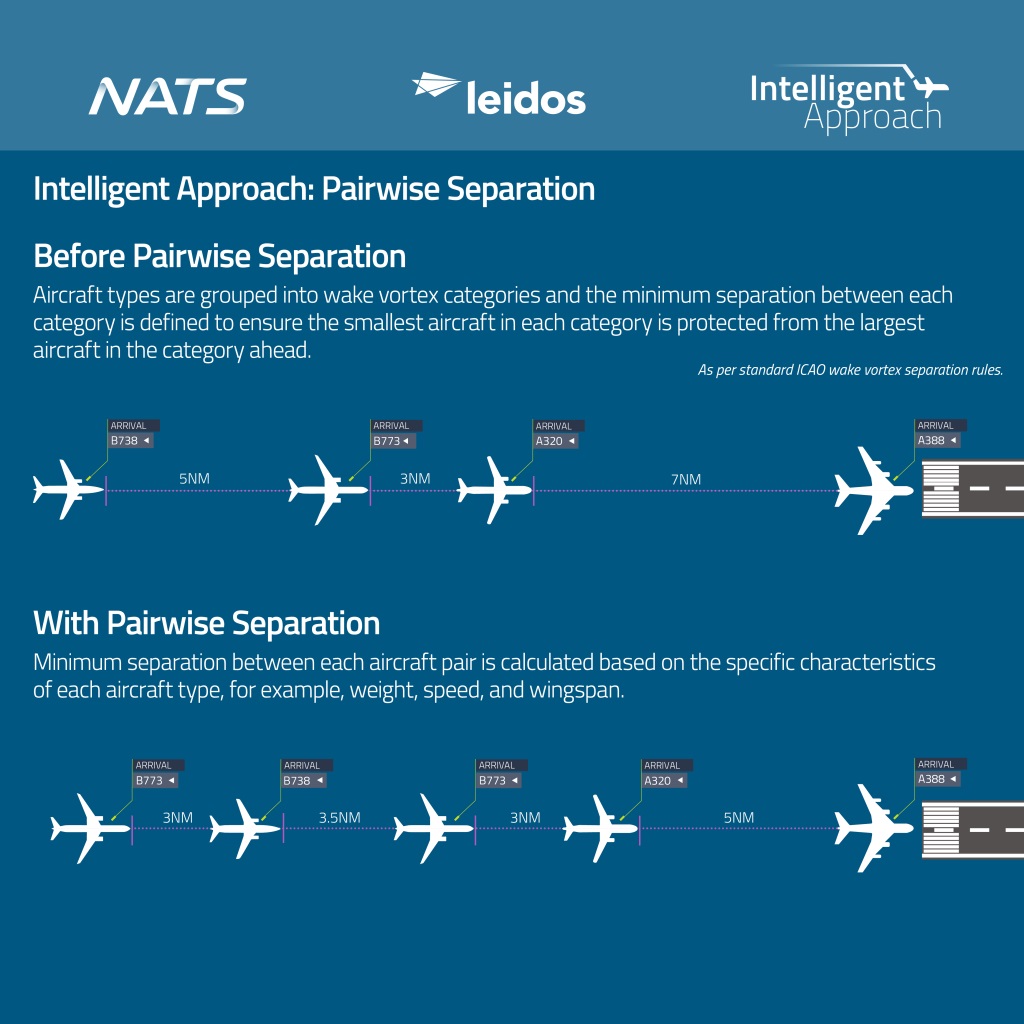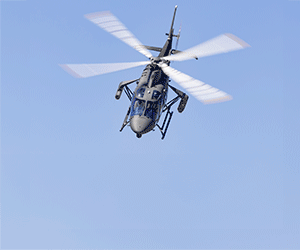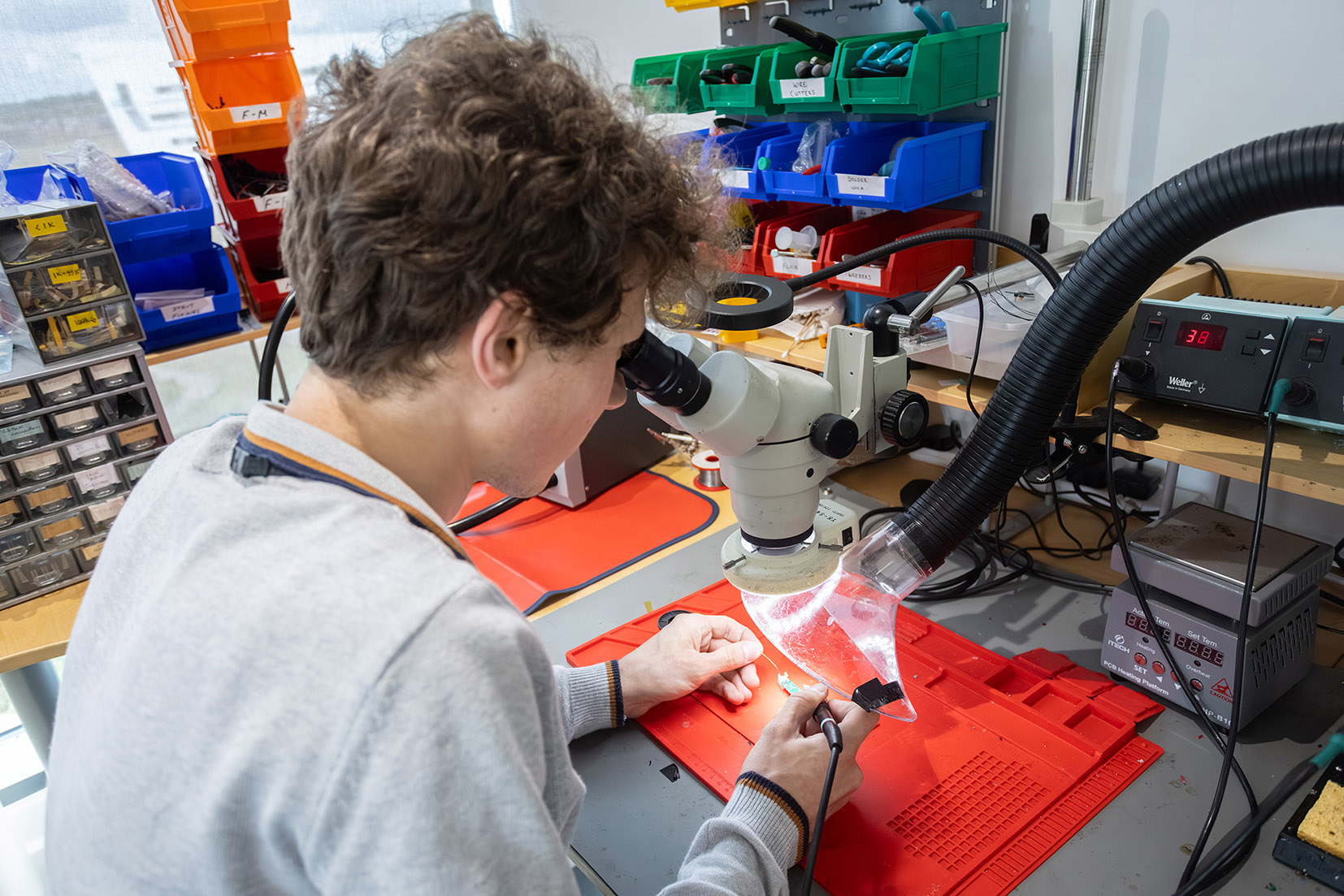World first ‘pairwise’ separation standard deployed

Above: Heathrow Airport Control Tower.
Courtesy NATS
Called Pairwise separation, it was deployed in December 2024 as a world first at NATS’ Swanwick air traffic control centre. Early indications show that the technology will increase landing rates, something that would cut airborne holding and make a significant carbon reduction over the course of its deployment.
While the overall number of flights at Heathrow is capped, being able to land more aircraft per hour will provide valuable additional tactical capacity, helping the airport to minimise delays and recover more quickly in the event of disruption.
Pairwise works by introducing a totally new way of calculating the minimum separation between arriving pairs of aircraft. Traditionally, separation is based on six categories taking into account an aircraft’s weight and the amount of wake it creates as it flies. Pairwise separation is calculated using the specific characteristics of each individual aircraft type.
Tailoring the separation in this far more granular way means air traffic controllers can safely reduce the gap between some pairs of aircraft and increase the overall flow of traffic.

Kelly Stone, Head of Airport Operations, Heathrow said: “Deploying innovative technology like Pairwise separation at Heathrow makes a real difference to our operation’s overall resilience. Passengers will benefit from an optimised landing process ensuring that aircraft are holding for as limited a time as possible, and this in turn, directly supports our commitment of being a responsible neighbour to those living closest to Heathrow. NATS’ ongoing commitment to continuous improvement is warmly welcomed and it is fantastic to see the latest iteration of the Intelligent Approach tool land at Heathrow.”
Chris Norsworthy, NATS Director Airspace & Future Operations, said: “The introduction of Pairwise as part of Intelligent Approach is another world first and testament to our continuous efforts to improve the quality of the service we provide to our airport and airline customers. Delivering additional operational resilience for Heathrow will make a real positive difference to airline punctuality, helping to improve the passenger experience and reduce carbon emissions.”
Working closely with NATS and Think Research, Leidos provides the technology for Intelligent Approach. Graham Emmons, MD Leidos Innovations UK, said: “Pairwise marks another new milestone in the advancement of the Intelligent Approach tool, advancing this world-leading solution to deliver even greater benefits for airports, airlines, passengers and importantly the environment.”
Pairwise is part of the Intelligent Approach tool, developed jointly with Leidos UK and initially deployed at Heathrow as a world first in 2015. Its use of dynamically calculated time-based separation as opposed to static, distance-based gaps has cut headwind delays by more than 60% and reduced airborne holding by 230,000 minutes per annum, saving over 45,000 tonnes of CO2. Pairwise will add to these benefits.
Intelligent Approach has since been deployed at Toronto Pearson and Amsterdam Schiphol airports where it has delivered similar improvements to operational resilience and environmental benefits.
Research on Pairwise separation was carried out by NATS as part of the SESAR Programme.












